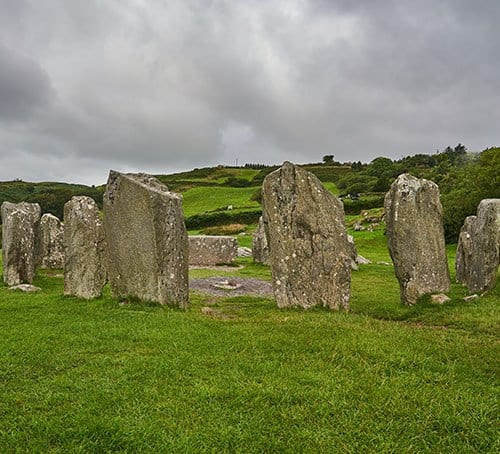Activities
Explore the local area
Riverbank House is ideally located to explore this stunning part of West Cork . We are just off the Wild Atlantic Way on the banks of the River Bandon. The location offers a great base for walking, cycling, kayaking, exploring, golfing and for those looking to relax and enjoy the breath-taking scenery that Cork has to offer.
Riverbank House is just outside the village of Innishannon ‘The Gateway to West Cork”. The village has two pubs, two small supermarkets, chemist, post office, a lovely tea-room and a country market shop selling local produce that transforms into a pizza restaurant in the evenings.
Days Out
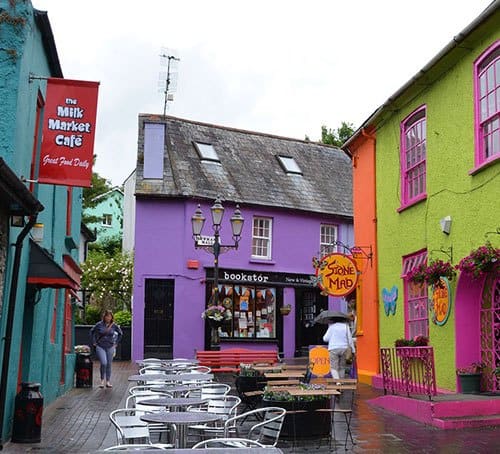
Kinsale
(20 mins)
Located at the start of the Wild Atlantic Way, Kinsale is famous for its colourful streetscapes and rich history, fuelled by great people, food, art, boutiques & events. Kinsale town is a vibrant coastal town with an energetic personality that will keep you entertained all year round.
Charles Fort
(20 mins)
Charles Fort was originally built to defend the strategic harbour of Kinsale from sea-faring invaders. In later centuries, it was used as a British Army barracks but fell into disuse following the Anglo-Irish Treaty of 1921 and lay eerily abandoned above Kinsale harbour for many decades, before it was regenerated and enshrined as a National Monument of Ireland, a site of great historical significance.
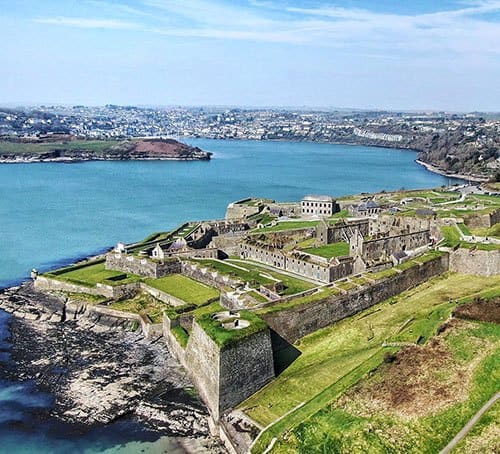
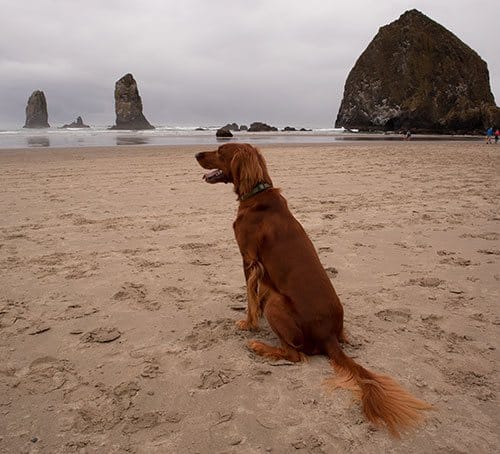
Wild Atlantic Way
Discover the Wild Atlantic Way where 2,500km of spectacular coastline with white sands and glittering waves awaits you. Head inland to experience some of the signature discovery points and amazing activities in this incredible region.
Feel the power of the Atlantic Ocean as it crashes into the base of towering sea cliffs, wander down vast beaches and watch flocks of birds dance in pastel skies as the sun sets on another magical day.
Beaches
West Cork is famous for it’s beautiful beaches, the selection below is just a small snapshot of what is on offer.
Garrylucas
(20 mins)
Garrylucas Beach lies just next to the Old Head of Kinsale. This Blue Flag beach has a good expanse of clean, white sand with some areas of grassy dunes. On either side of the beach there are rocky cliffs. Kilcolman Marsh lies just north of the beach, beyond the dunes.
The beach faces south-west, and it can be quite exposed to the elements – which is good news for surfers. The bay gets some good waves and is popular with surfers and other water sports enthusiasts. The presence of a lifeguard in the summer months (times displayed on notice boards at the beach) and the clean sand combine to make this a popular destination for bathers in the summer months. The water quality here has been classified as excellent.
The beach is accessed via ramps and steps. Parking and toilet facilities are next to the beach.
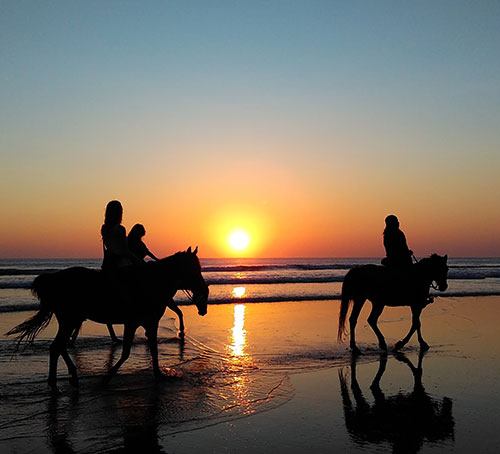
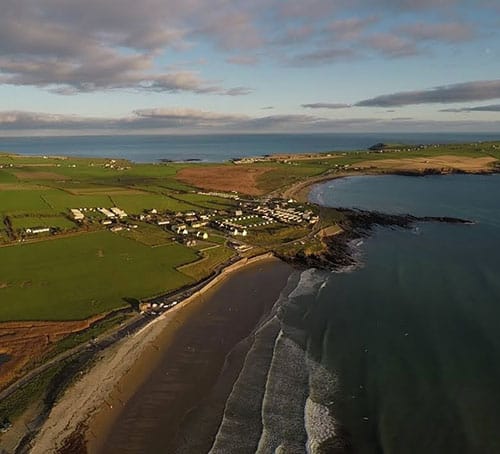
Garretstown
A popular sandy beach. Despite this it still retains a rural feel and has not been over developed. It’s a great family beach with all the facilities including a seasonal lifeguard service. With a ramp down to the beach Garrettstown is also accessible. This is one of the most popular surfing beaches in the area and is home to a surf school.
Incheydoney Beach
(45 mins)
This vast, sandy beach, on Inchydoney Island, is one of the most beautiful to be found along this stretch of the coastline. The pale, pristine sand is backed by dunes and gentle rolling countryside. The beach has two separate sections, divided by the rocky Virgin Mary Headland. The swell here can be excellent and there are good opportunities for surfing. A surf school operates on the beach, which caters for all levels of ability. The beach is also popular with families who come here to play in the sand, picnic and hunt for shells or marine life in the rockpools around the headland.
Lifeguards operate here during the summer season and the beach has been awarded Blue Flag status
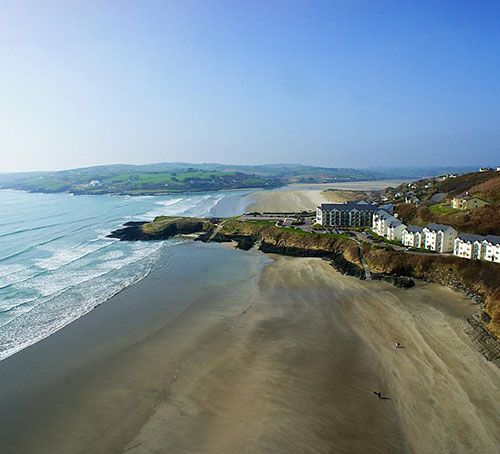
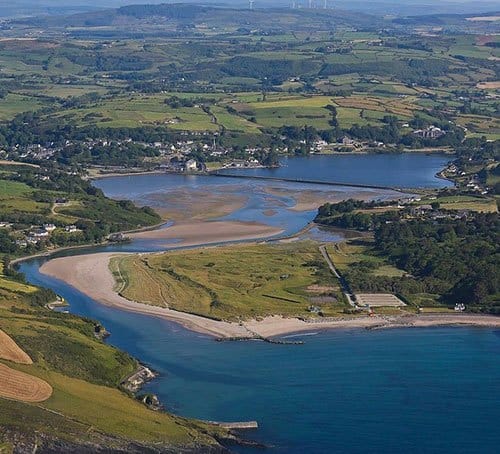
The Warren (Rosscarbery)
(45 mins)
The Warren is a small sandy rural beach backed by dunes and situated at the mouth of the Roscarbery River. The Rosscarbery Estuary is a sea inlet fed by small rivers from the north and north-west. At the southern end of the beach is a harbour wall which protects the entrance to the rivermouth. A few small boats still fish from here.
The area around the beach has been designated as a Natural Heritage Area and wildlife abounds Two excellent pitch and putt courses are just beside the beach.
Blarney Castle
(45 mins)
Famous for the Blarney Stone. Legend say that those that kiss the stone will have the gift of eloquence, but it is so much more than that. Built nearly 600 years ago by chieftan Cormac McCarthy, the castle is full of interesting stories. The gardens are a joy to visit in themselves. Beautiful in all seasons, there are 60 acres to explore.
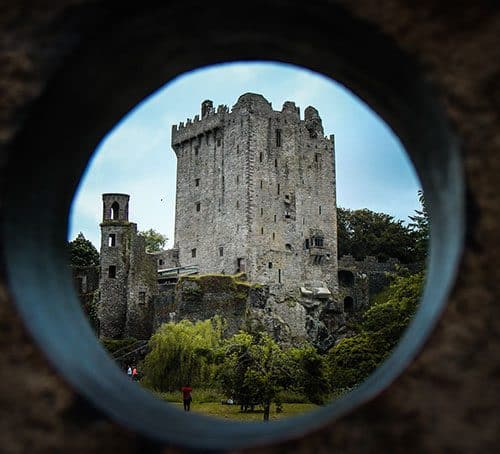
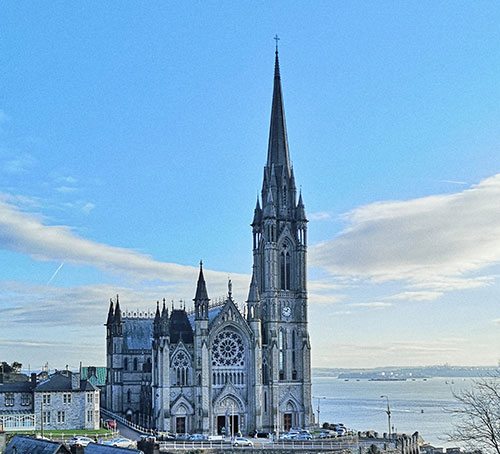
Cobh
(45 mins)
The last place that the Titanic set sail from, and the museum there is a wonderful place to visit and to learn about those who embarked (and disembarked) from the tragic ship. Your entry ticket will be a boarding card for the voyage – you will find out at the end if you survived… or not.
Spike Island
(45 mins)
Take the ferry from Cobh out to this island, which has been a monastery, a fortress and a prison. Learn the amazing history of this small but fascinating place. Best to arrive early to make sure you have enough time on the island before the last ferry departs!
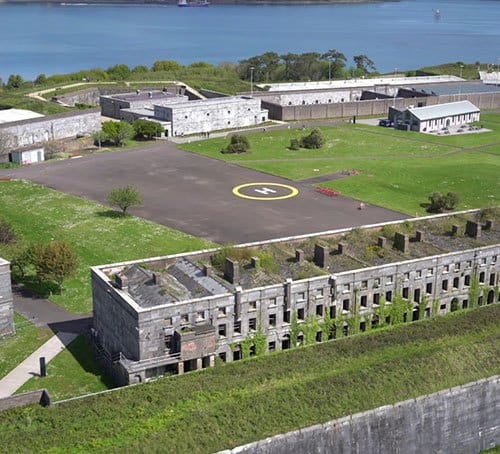
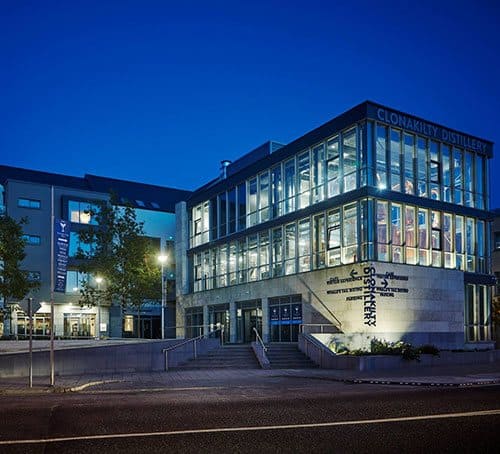
Whales Tail Distillery in Clonakilty
Experience the touch, sounds and smells of a real working distillery. Your personal tour guide will explain in detail how they make whiskeys and gin. Included afterwards is a tasting of their finest releases. You can eat in their lovely restaurant (evening tours are also available)
Whale and Dolphin Watching
Whale watching in Ireland and whale watching in West Cork in particular has now reached a high point for whale and dolphin watching enthusiasts the world over. The Irish government declared the coastal waters of Ireland a whale and dolphin sanctuary during the early 1990’s. The first of its kind in Europe, this paved the way for whale watching in Ireland to become a prime activity for the many visitors to this country. Coastal waters off the southwest of Ireland are a summer feeding ground for a number of whale species and a year round home for several resident dolphin species including the Harbour Porpoise. Baleen Whales commonly seen off the south coast include Fin Whales and Minke Whales, which makes whale watching in Ireland some of the best whale watching in Europe. Humpback whales are also seen off the southwest coast. These large marine mammals feed in Irish waters for over seven months of the year on a variety of small shoaling fish and may be seen just a few kilometers offshore.
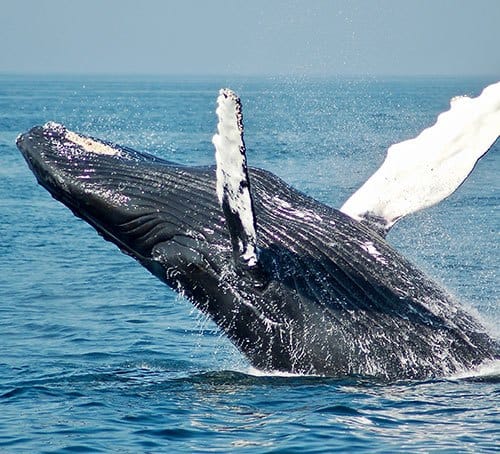
Jameson Distillery
(40 mins)
The Jameson Experience brings the stories of Jameson’s rich heritage and ongoing innovations to life during this unforgettable distillery tour. Visit the amazing buildings; hear about the hardworking craftsmen and learn about the field to glass processes behind the famous Jameson taste.
Not only will you enjoy the beautiful surrounds of the distillery with a guided tour, afterwards you can sit back, relax and savour their Premium Whiskey Tasting with four of their finest whiskeys.
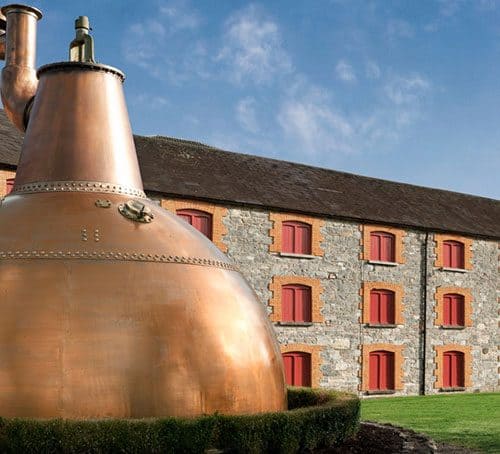
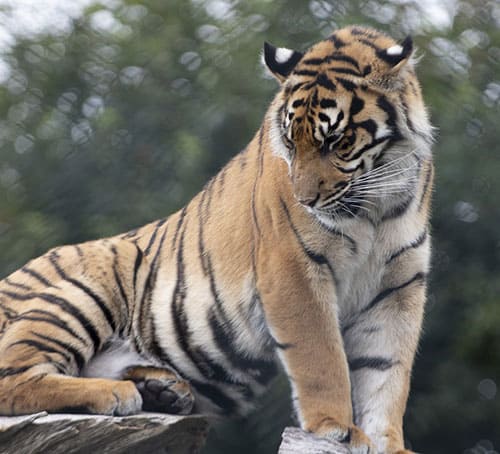
Fota Wildlife Park
Fota Wildlife Park, part of the Zoological Society of Ireland, is located on 100 acres at Fota Island 10km east of Cork City.
The park’s vision is to inspire people to understand and conserve the biodiversity of our natural world. The park’s core values of conservation, education, research and entertainment have ensured that they are uniquely placed to foster greater public understanding of the threats to plant and animal habitats and decreasing global biodiversity.
Bantry House
(60 mins)
Bantry House and Garden is a stately home situated on the Wild Atlantic Way overlooking Bantry Bay in the south west of Ireland. Visitors can explore the house and formal garden, visit the tearoom, or have afternoon tea in the library.
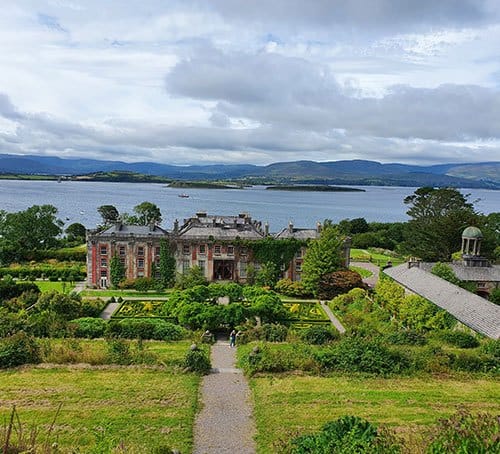
History
Cork is full of fascinating history. From the prehistoric to the relatively recent. Riverbank House has it’s own Iron Age Cliff Fort but further afield you will find plenty of other places of interest to explore.
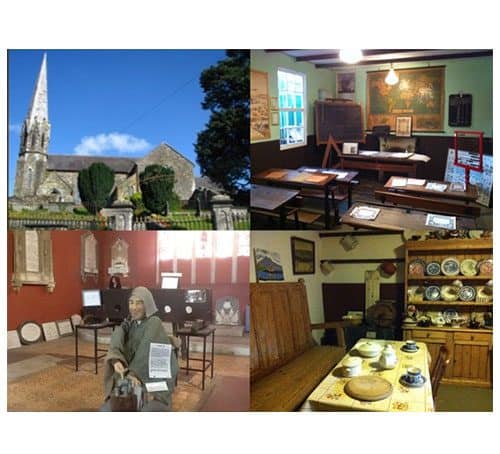
West Cork Heritage Centre
(10 mins)
Housed in the former Christchurch on North Main Street Bandon, this unique and charming exhibition transports visitors through time to experience Bandon town as it was in time’s past.
Christchurch dates back to circa 1610 and is built on the site of a Danish Fort. It was one of the earliest Protestant churches in Ireland and was a church for 363 years. It was deconsecrated in 1973. Some Bandon church records are held at the West Cork Heritage Centre.
A portion of the old Bandon walls are part of the structure of the building. The church now hosts a series of exhibitions with the theme of Bandon’s history. Visitors can see replicas of an old shop, school, kitchen and forge. The current exhibition also includes the old town stocks and memorabilia from Bandon’s time as a garrison town.
The Great Irish Potato Famine
The Great Irish Potato Famine of the 1840s is now recognised as the worst humanitarian disaster of nineteenth century Europe. In 1841 the population of Ireland was over 8.5 million people. By 1850, at least one million people had died in terrible conditions while more than 1.25 million emigrated as refugees. It is estimated that a further c. 400,000 births did not take place as a direct result. Ireland lost more than its people. The Famine fundamentally changed both the land and the people of Ireland, distorting the course of Irish history. The social, cultural and psychological effects of the Famine lingered on long afterwards and emigration became a part of Irish life. Fifty years after the Great Famine, the population of Ireland had almost halved.
Famine Graveyard
(5 mins)
There is a graveyard just 1/2km from the house. A poignant reminder of less happy times. The local community care for this space, and it’s a peaceful place to sit and reflect.
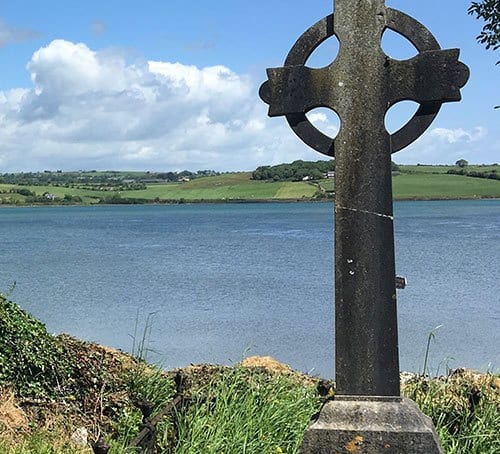
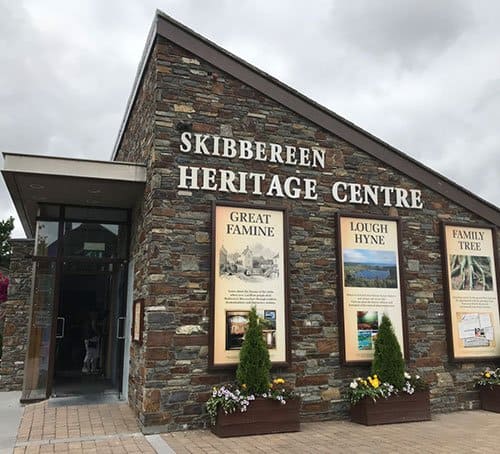
Skibereen Heritage Centre
(60 mins)
Learn more about this important period of Irish history through exhibitions, dramatisations and interactive stations at the Great Irish Famine Exhibition at Skibbereen Heritage Centre. Find out how government actions and local and international relief measures impacted on the people of the area.
Take a ‘virtual tour’ of Famine sites in the town and hear the stories associated with them. Appreciate the enormity of this national tragedy in microcosm through the experiences of the people of Skibbereen during Ireland’s Great Famine.
Drombeg Stone Circle
Close to Glandore which is a lovely sailing village. Orientated towards the winter solstice, and thought to have been active since c 1000 bc, the circle has seventeen closely spaced pillar stones covering 9 metres, of which 13 of the pillars remain. After excavations in 1958, a pot was found with the remains of a child. Research shows that this dates back to 945-830BC.
Also present on the site is a Fulacht Fiadh, which is a pit used for cooking. Hot stones from the fire would be dropped into the trough to help boil the water. Recent tests have shown that they could boil seventy gallons of water in fifteen minutes.
